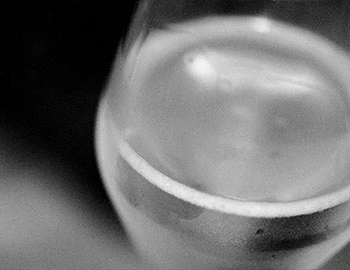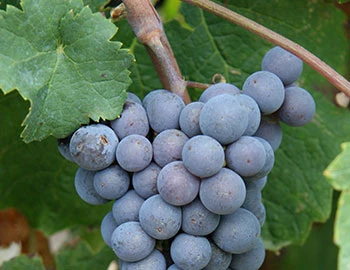Folle blanche
Is undergoing a fascinating renaissance
This rare white grape variety was discovered in the 14th century, and grows mostly on the French Atlantic coast. It bears many interesting nicknames, with translations such as "tantrum" or "lush plant." The latter of these is particularly apposite, as the vine has a truly astonishing lushness and huge yield.
Many years ago, this vine enjoyed particular recognition in the world of distillation. Its grapes were one of the most important components in the production of Armagnac and Cognac. This is because the berries of Folle Blanche provide high acidity but low aroma, qualities that distilleries desire.
After the phylloxera catastrophe in 1884, the variety completely disappeared and was replaced by hybrid vines. Folle Blanche was only promoted again after the EU ban on hybrid vines, and since then the variety has undergone a renaissance.
Wegen der Reblaus-Katastrophe im Jahr 1884 verschwand die Rebsorte vollständig und wurde durch Hybridreben ersetzt. Erst durch das EU-Verbot von Hybridreben wurde die Anpflanzung der Folle Blanche wieder gefördert und seither erlebt die Rebe eine Renaissance.




